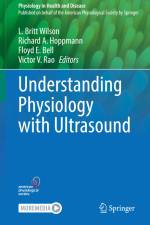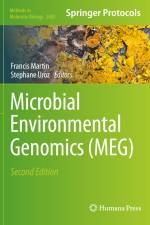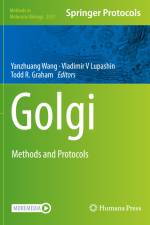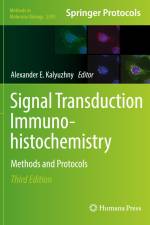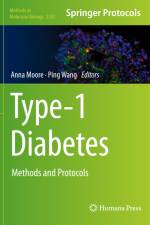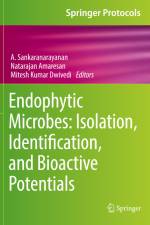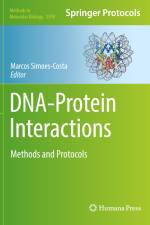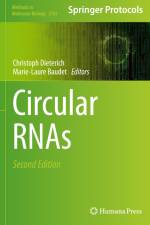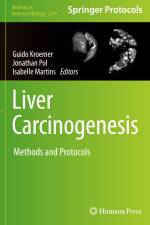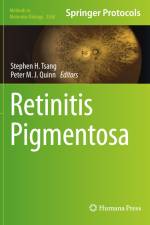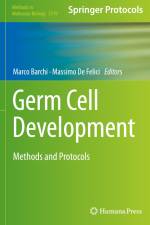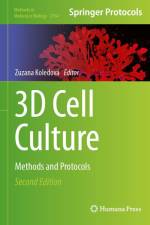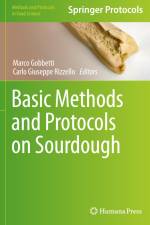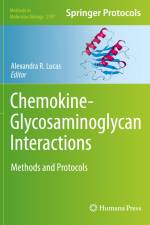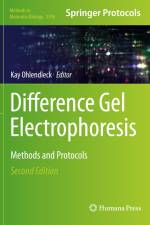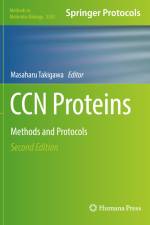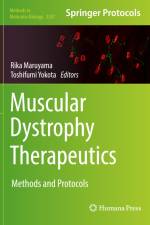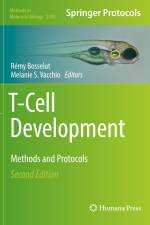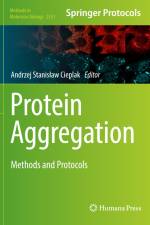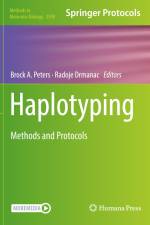av Marilena Aquino de Muro
2 499
This detailed volume spotlights methods to investigate a variety of virus-host interactions in humans, other mammals, fish, or insects. It explores viruses such as white spot syndrome virus (WSSV), honeybee viruses, Nipah virus, EBV, SVCV, HSV-1, HIV-1, A H1N1, and SARS-CoV-2, as well as applications of techniques such as qPCR, serum antibody responses, 4C analysis, cell membrane fusion, biosensors, computational modelling, quantitative proteomics, and other genetic tools to decipher those viral infections and interactions. Written for the highly successful Methods in Molecular Biology series, chapters include introductions to their respective topics, lists of the necessary materials and reagents, step-by-step and readily reproducible laboratory protocols, and tips on troubleshooting and avoiding known pitfalls. Authoritative and practical, Virus-Host Interactions: Methods and Protocols serves as a valuable resource for researchers both in academia and in the biosciences industry who are engaged in the search for a better understanding of threatening virus-hosts interactions, virus detection, their characterization, and ultimately their taming and control.

